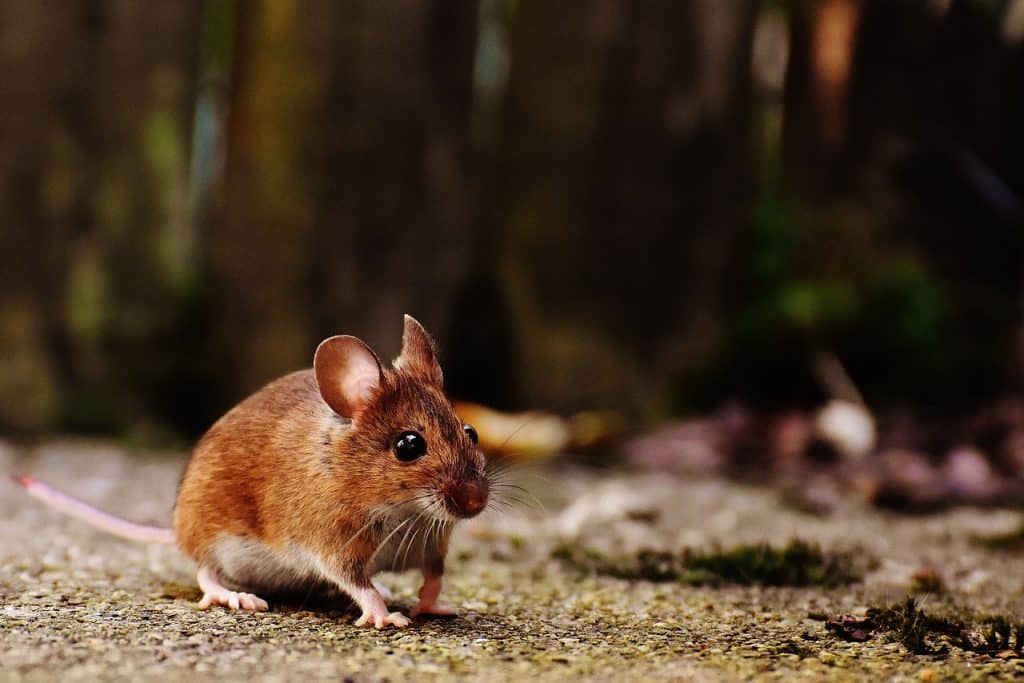
Because they are small rodents, they can be great pets. They are friendly, easy to care for, easy to handle, and enjoy being a part of human interaction. These rodents are great for small children as they need minimal space and care. Small rodents are often called “pocket pets” and have a short life span. They don’t require a lot of commitment.
Although they are small and can be kept in a cage, it is still a good option for pets. However, they need to be loved and cared for daily. They are an excellent choice for children as they can learn responsibility.
This list includes eight of the most popular small rodents.
1. African Dormouse
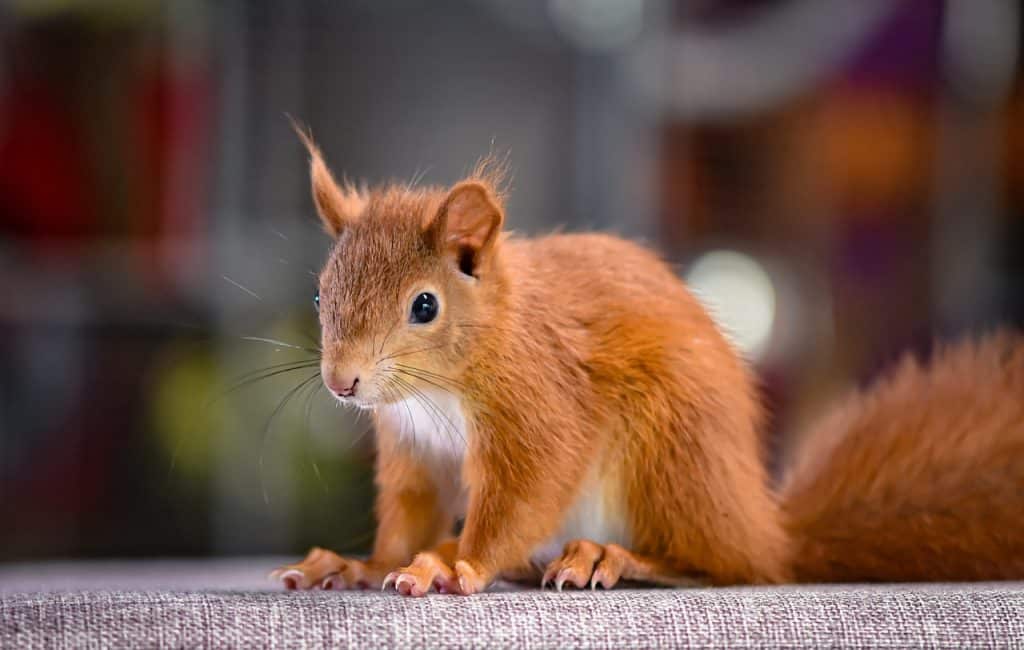
The African Dormouse, also known as the micro-squirrel, shares many characteristics with squirrels and mice. These tiny rodents are native to Southern Africa and can climb at great speed. These rodents are agile, fast, and agile, making them difficult for new owners to handle. They require a large enclosure with lots of climbing space. They can live up to six years in captivity.
They are nocturnal rodents and therefore are more active in the morning. The African Dormouse needs to be able to live in groups, or at the very least in pairs.
2. Chinchilla
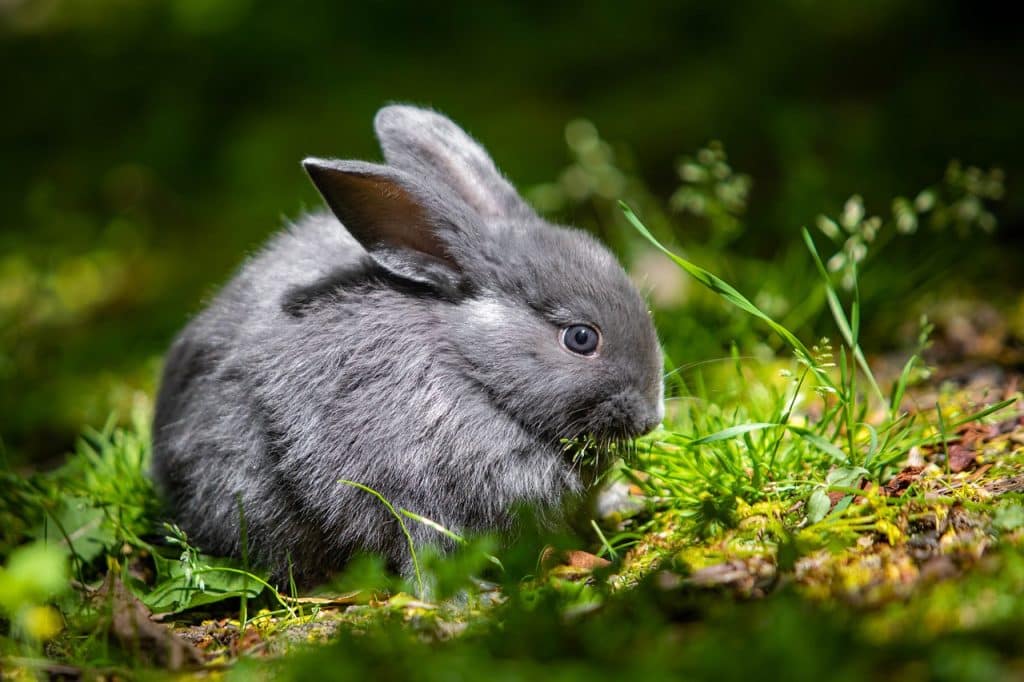
Chinchillas can live up to 15 years in captivity and are native to South America. Because they can be tamed, playful and active, they make great pet rodents. These animals are nocturnal and should not be handled after dark. They also need to be kept out of direct sunlight. They need to be active and have plenty of space to roam around in.
Chinchillas are well-known for their long, fluffy tail, luxurious fur, and large ears. Although they are popular pets with children, their agile and active nature can make it difficult for younger children to handle.
3. Common Degu
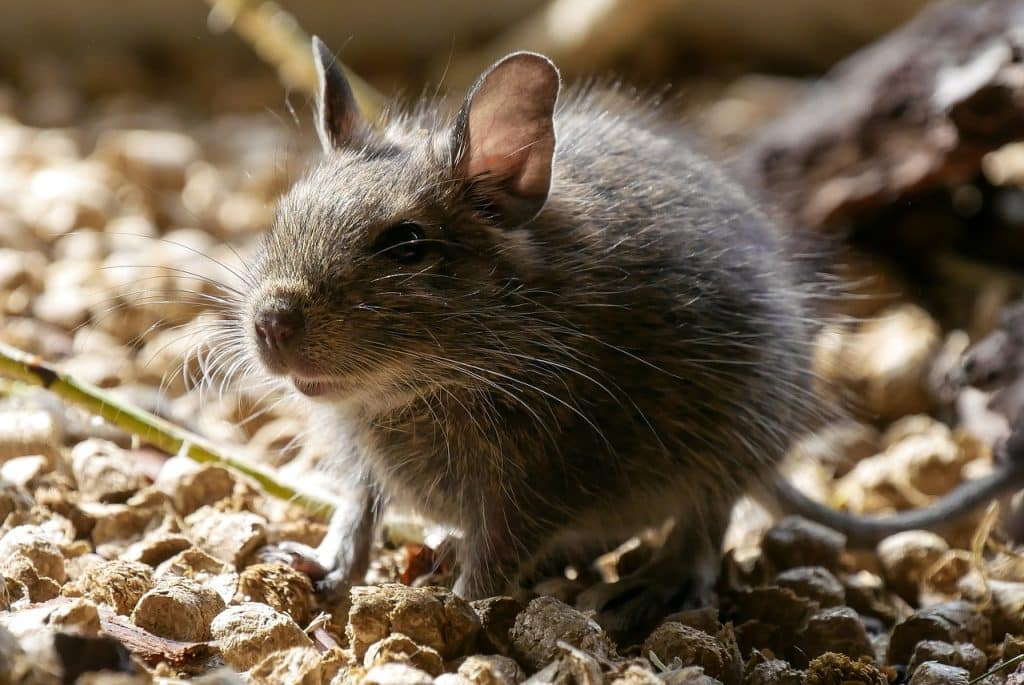
The Common Degu, a Chilean native rodent, is a close relative of the Guinea Pig as well as the Chinchilla. These small rodents, which were once rare in pet shops, are slowly becoming more popular as pocket pets. However, Degu is considered an invasive species in some parts of the United States (including Utah and California) and therefore illegal to keep as a pet.
Because of their friendly personalities and diurnal patterns (awake during the day, sleeping at night), they are becoming popular as pets. If properly cared for, they can live up to 5-8 years in captivity.
4. Common Rat
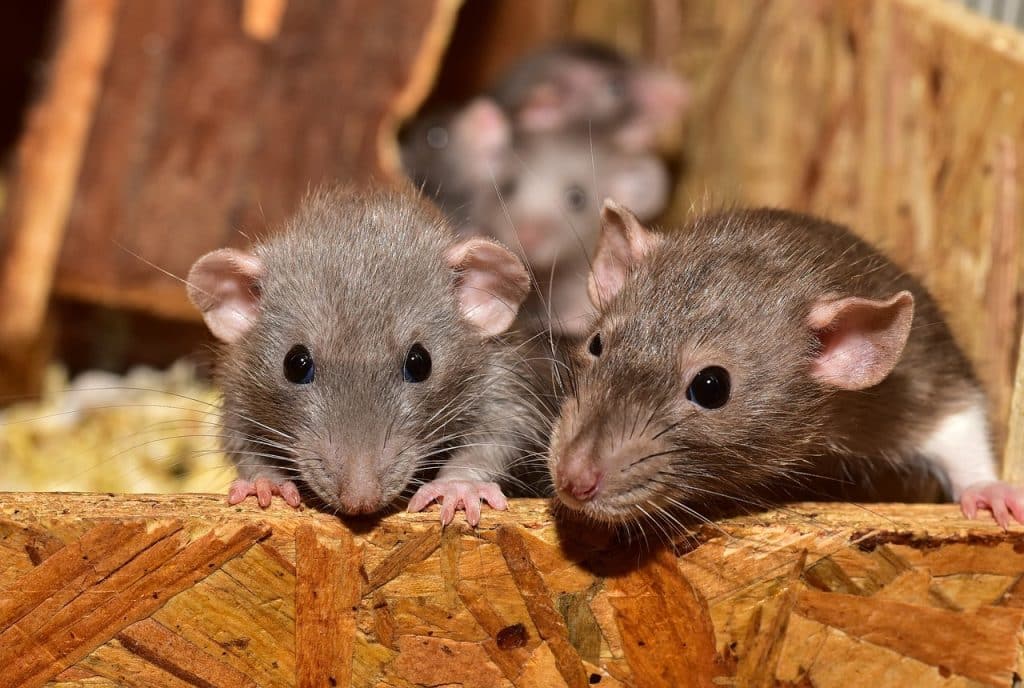
Common rats are small rodent that is often overlooked. However, they are easy to handle and very easy to care for. Common rats are calm and easy to care for. They enjoy being handled and aren’t prone to biting. You can quickly build a strong bond with rats, which is a unique trait of rodents. Rats are intelligent, can learn tricks quickly, and easily navigate mazes and other puzzles. The Norway rat is the most common pet rat species. It’s also called the Brown rat or Street Rat.
Rats are social creatures and prefer to be kept in groups or pairs. They are also more active at night and nocturnal than other animals, making them an ideal choice for housing. These rodents are extremely fast breeders, as females can enter heat about once per week after reaching puberty. They are very short-lived, with an average lifespan of 18-36months.
5. Gerbil
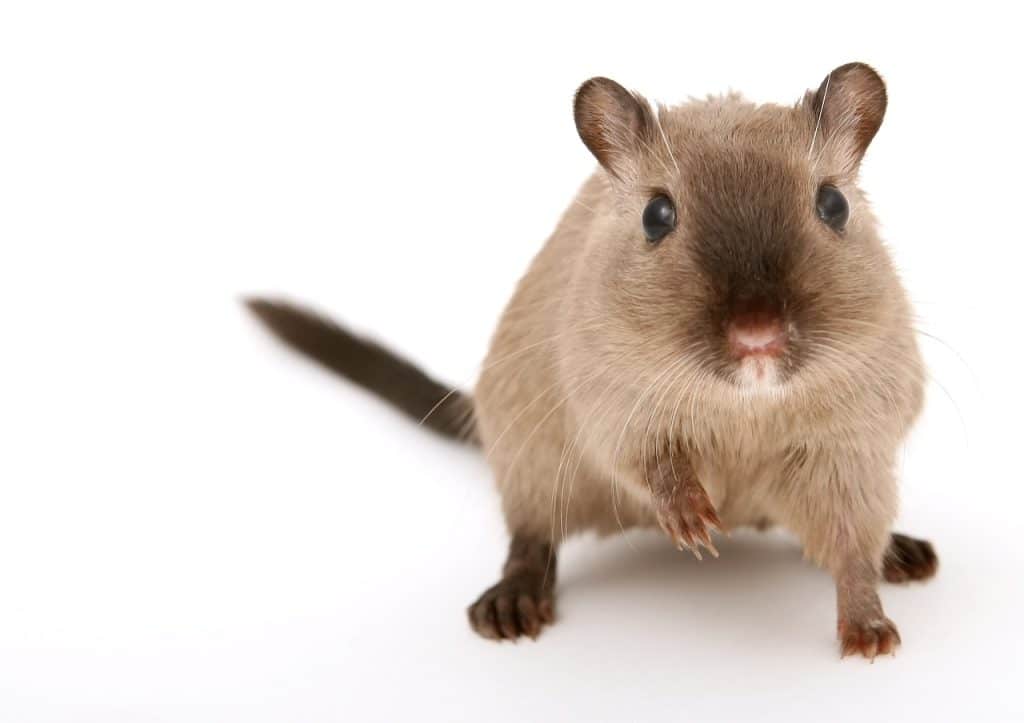
Gerbils are popular rodent pets, especially with children. They are easy to take care of and don’t need much interaction from people. They are social creatures and can be difficult to live alone. Gerbils are best kept with other people or in groups. They are short-lived pets with a lifespan of around 2 years. These animals are very active and require a large enclosure and preferably a wheelchair to be safe.
Gerbils make wonderful pets because they are friendly, easy to care for, curious, and can provide hours of entertainment.
6. Guinea Pig
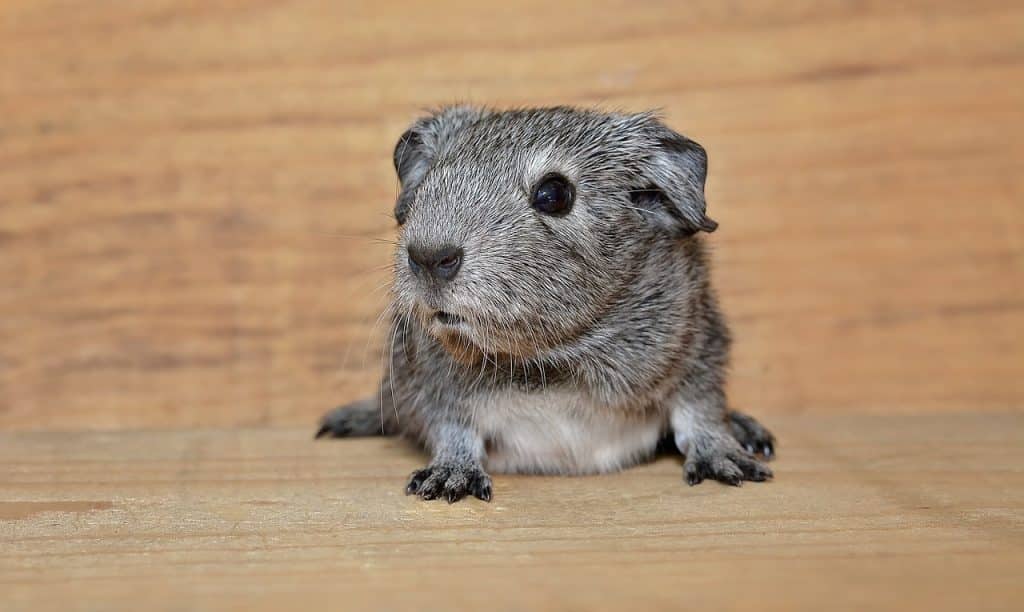
Guinea Pigs, native to South America and considered a popular pet rodent, are also very popular. Guinea Pigs make a great small pet. They are sturdy and healthy, easy to care for, and can be independent. One of the most distinctive characteristics among Guineas is their ability to purr like cats when happy. They also have a variety of adorable vocalizations.
Guineas are social rodents and are happier living with other Guineas. Guineas are active and need plenty of space. Guineas live up to seven years and have a longer life expectancy than other rodents.
7. Hamster
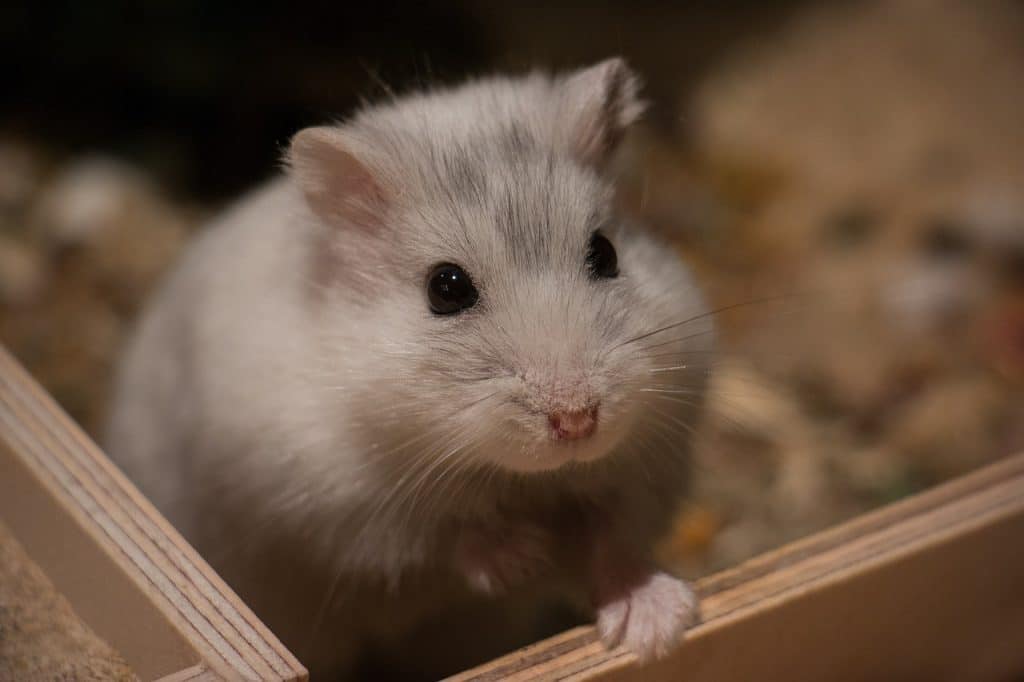
Hamsters make a great choice for small children as they are easy-to-care-for pets. They are easy to train and care for. Hamsters can be quite nippy and the females are more likely to bite. There are 19 different species of hamsters. Some are small, such as the Dwarf Hamster. Others can grow to be quite large, such as the Syrian Hamster. These species will require you to provide adequate space, a chew toy, and exercise equipment.
Hamsters live approximately 3 years in captivity. While most species of Hamsters like Dwarf Hamsters are social and enjoy being with others, some species like the Syrian Hamster prefer to live alone.
8. Mice
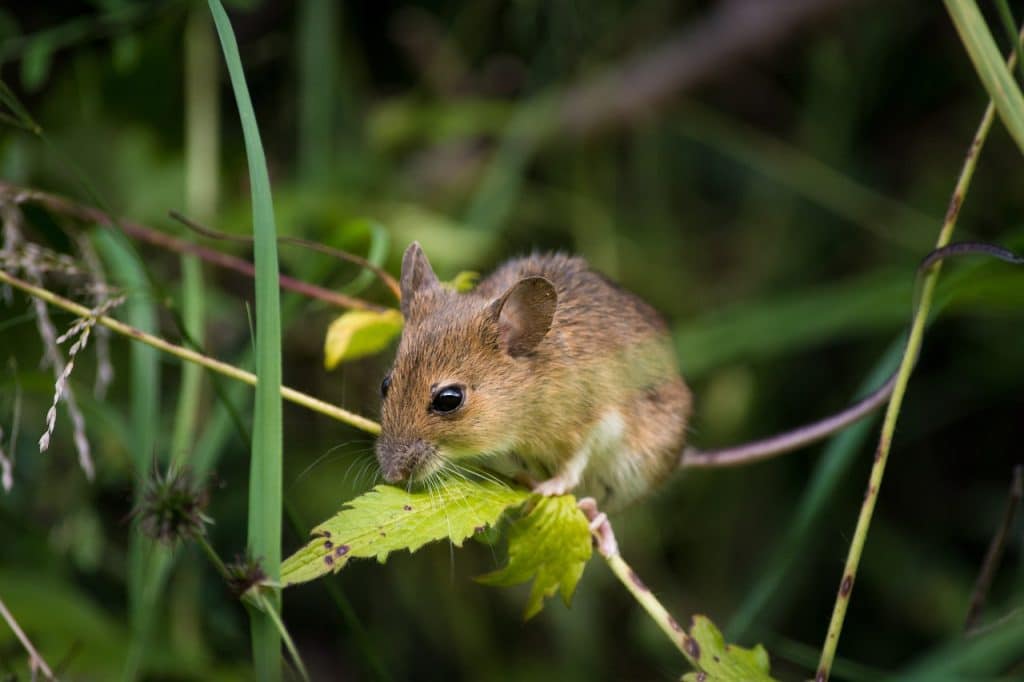
The common mouse is last but not least a cute and entertaining pocket pet. These mice are not as difficult to care for as large rodents such as rats but are much more comfortable being handled. A “fancy mouse” is a domesticated mouse kept as a pet. They are often selectively bred to be different colors and sizes. They can range in size from 7 inches to 12 inches.
While a healthy mouse can live up to 30 years in captivity, they usually live between 18 and 24 months. They are active mostly at night and nocturnal, but they can also live in solitude, especially males.
What is the lowest-maintenance frog?
Tomato frogs may make terrific pets since they are minimal maintenance. They simply need feeding every other day. Their food consists of gut-loaded crickets, nightcrawlers, waxworks, mealworms, and roaches.
What is the kindest frog?
White tree frogs (Litoria caerulea) are light blue or green with white underbellies and can grow to be 5 inches long. They are rather sluggish frogs and therefore may be easily caught and handled. This, combined with their big size, makes them one of the easiest to locate and handle on the list.
What frogs are OK to touch?
What kinds of pet frogs can be handled? The African bullfrog, White’s tree frog, African dwarf frog, tomato frog, red-eyed tree frog, and American green tree frog are all safe to handle.
Do pet frogs have intelligence?
In fact, among the amphibians, anurans, or frogs and toads, have the highest brain-to-body ratio.
Do any frogs like to be held?
The answer is yes. While tree frogs should not be handled regularly, several species accept occasional, gentle handling. Some frogs, such as White’s Tree Frogs, withstand repeated handling exceptionally well.
Why you shouldn’t touch frogs with bare hands?
The frog is actually in much greater danger here. Amphibians such as frogs, toads, and salamanders can quickly absorb poisons via their skin, therefore any lotion, hand sanitizer, or bug repellant,, on human hands might harm them. Frogs are very delicate and easily damaged.
Do pet frogs require a place to live?
Your frog will flourish with more floor space than height. A tank that is half water and half land is pure frog bliss, with plenty of soil and ground mass to dig in, enough water to submerge in, and a lovely gravel ramp for ascending out of the water. Make sure your Green Frog’s water is filtered.
Do all frogs carry Salmonella?
Salmonella is carried by reptiles (e.g., iguanas, turtles, and snakes) and amphibians (e.g., frogs and toads).
What is the best beginning tree frog?
White’s Tree Frog This frog is ideal for, children and novices. Because of their laid-back attitude, White’s Tree Frogs may be held frequently—as long as you are gentle and allow the frog to lead the way. White Tree Frogs are found in Australia and New Guinea. They prefer dampness but are really highly flexible.
Do pet frogs require heat lamps?
Your frog’s terrarium temperature must be regulated between 75 and 85 degrees Fahrenheit during the day, and 65 F to 75 F at night. For warmth, use a heat bulb or a night-specific heat lamp if necessary. A thermometer at each end of the tank will help you keep track of the temperature.